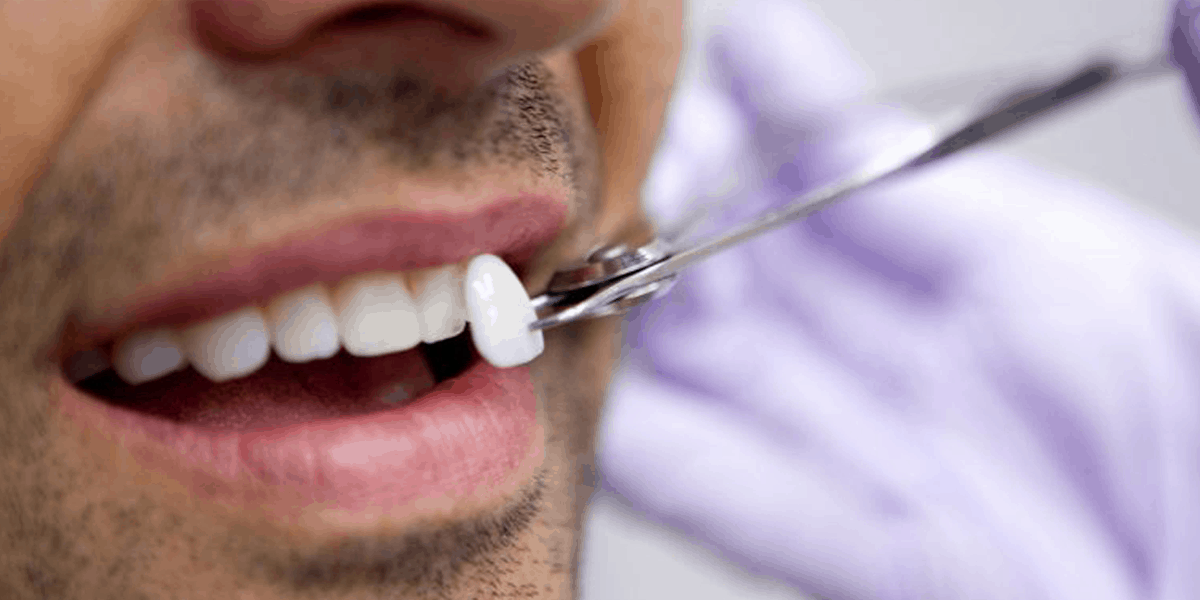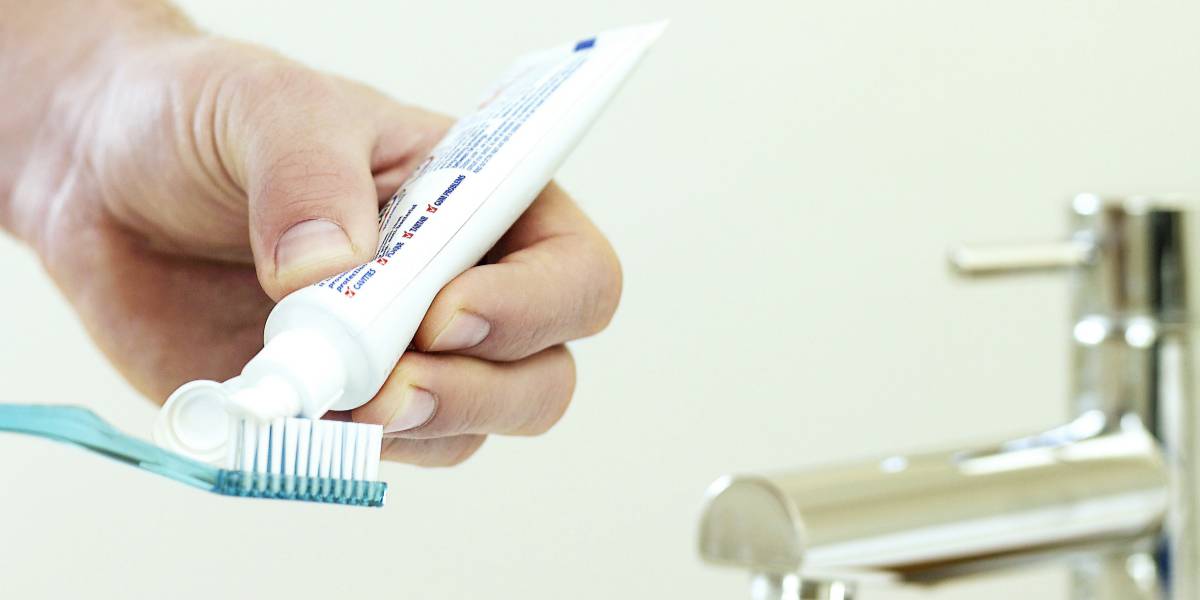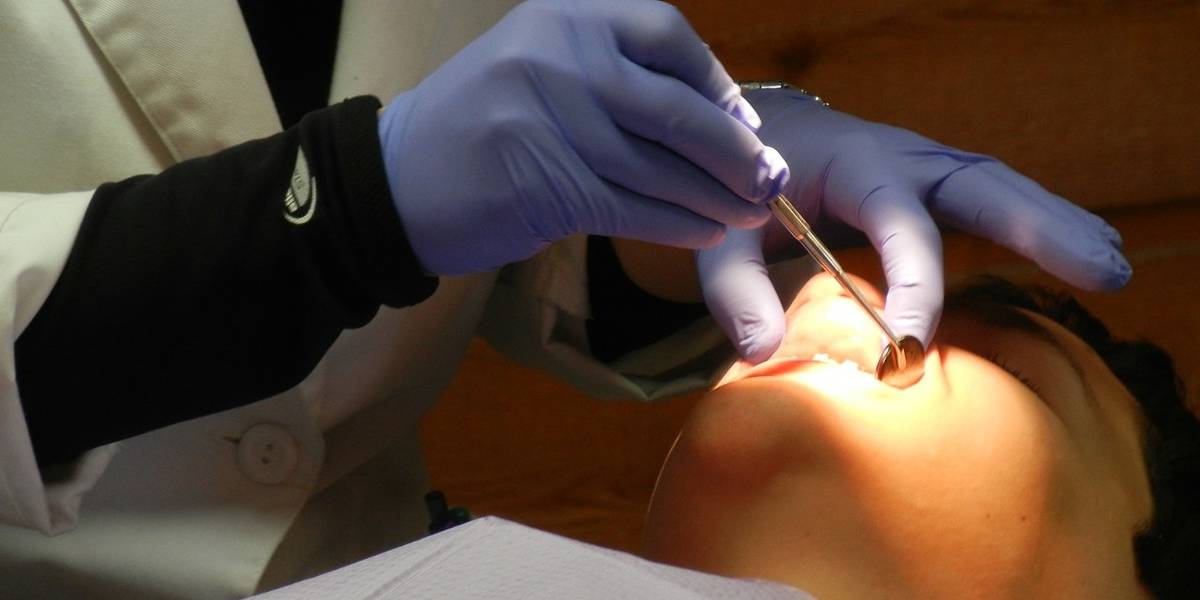
Many cosmetic dentists use modern technology in delivering excellent dental services. One example is their continuous development of dental veneers in changing their patients’ smiles. Dentists use dental laminates to cover their patients’ imperfect teeth, including discolored, chipped teeth or diastema. Over the years, they have improved the process of applying teeth shells and used better materials for a durable restoration. Today, there are various types of dental shells used, and one of the popular options are porcelain dental veneers.
Read on to learn more about the several developments made ever since these thin shell coverings were introduced to dentistry.
The evolution of dental veneers
Traditional veneers
Dentists require two dental appointments from their patients in order to complete the cosmetic treatment using traditional tooth shells. The first appointment involves taking a dental impression and sending the results to an off-site dental laboratory. Ceramists then expertly craft the veneers so they closely mimic the patient’s natural teeth. The process takes about two weeks to be completed before the dental shells are sent back to the dentist’s clinic. The succeeding appointment entails final placement of the traditional dental laminates. These can be made of various materials, such as pressed ceramic, lithium disilicate or stacked porcelain dental veneers.
Zirconia-based veneers
Dentists recommend zirconia-based dental shells to patients whose teeth are structurally weak. This type of material is stronger and more durable compared to ceramic. Furthermore, zirconia has an opaque quality that perfectly hides the damages of the treated tooth. Ideally, laminates made of zirconia can be replaced after 10 years to maintain aesthetics and function.
No-prep veneers
Patients who have minimal cosmetic issues and good oral health are perfect candidates for Lumineers. These variations are ultra-thin tooth shells, also known as no-prep veneers. The patient’s teeth enamel are conserved with Lumineers since these are thinner than traditional laminates. In effect, much of the original structure of the teeth are preserved. These are also fabricated in an off-site laboratory and takes two dental appointments to accomplish the treatment.
Same-day veneers
Dentists understand that some patients need immediate treatment for their minimal cosmetic teeth issues. Hence, they are able to design and manufacture same-day porcelain dental veneers. They use CEREC or Chairside Economical Restoration of Esthetic Ceramics, a CAD/CAM unit, to craft restorations in one appointment. The machine uses a software for digital imaging with a milling unit that converts digital scans to customized dental shells. As a result, dentists are able to deliver cosmetic dental treatment with more efficiency and convenience.




















